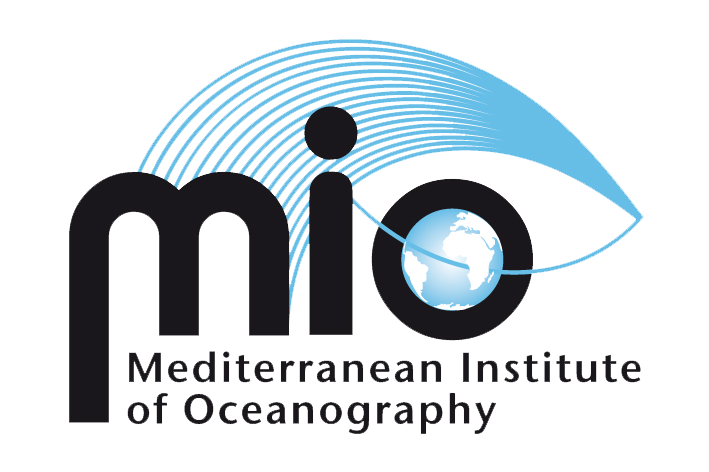Caroline Comby (OPLC) will present her thesis on Monday November 27 at 9 am in the amphitheater of the Océanomed building in Luminy.
Entitled "Vertical velocities and fine-scale dynamics", and carried out over the last three years within the OPLC team at MIO, under the direction of Stéphanie Barrillon and Anne Petrenko.
The jury is composed as follows:
- Ms Rosemary MORROW (Professor), LEGOS
- Mr Bruno BLANKE (Research Director), LOPS
- Mr Francesco D'OVIDIO (Research Director), LOCEAN - IPSL
- Mr Frédéric CYR (Research Scientist), Northwest Atlantic Fisheries Centre - Fisheries and Oceans Canada (DFO)
- Mr Xavier CAPET (Research Director), LOCEAN - IPSL
- Ms Anne MOLCARD (Professor), MIO
After the defense, a thesis drink will be organized from 1:00 pm - 1:30 pm in the conviviality room on the second floor of the Océanomed building.
Abstract:
Oceanic fine scales (from 0.1 to 100 km, from a few days to few weeks), characterized by structures such as eddies, fronts or filaments, generate vertical velocities and play a key role in the global balance of the oceans by impacting vertical exchanges that are strongly correlated with climate change (nutrients, carbon, marine micro-organisms). These structures are naturally present in the ocean, but their rapid evolution makes in situ sampling particularly difficult. Vertical velocities, which are one to two orders of magnitude smaller than horizontal ones, have long been simply parameterized or
neglected as unmeasurable. The aims of this thesis are to overcome this challenge by developing new innovative and high-performance techniques for the in situ measurement of vertical velocities, and to understand their consequences in fine scales.
The first major component of this thesis is the development of two new methodologies enabling in situ measurement of the vertical velocities with a precision adapted to their target order of magnitude (a few 10-3 m s-1). The Free Fall ADCP and the Vertical Velocity Profiler were achieved, based on tests in semi-controlled environments and at sea, and on three oceanographic cruises: FUMSECK (2019), PROTEVS-Gascogne (2022), and BIOSWOT-Med (2023).
The second component involves the use of methodologies more commonly encountered in the study of oceanic vertical velocities, through the analysis of ADCP data, of a numerical ocean circulation model (SYMPHONIE), but also through the resolution of the ω-equation. These approaches are applied based on the FUMSECK cruise data, enabling us to analyze the influence of vertical movements on phytoplankton dynamics.
Keywords: vertical velocities, fine scale dynamics, in situ, instrumental development

